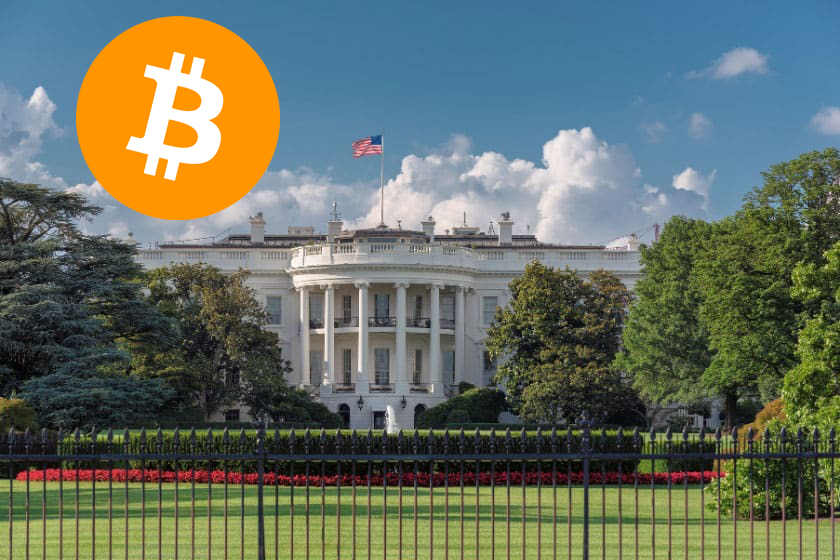So here’s the deal: The U.S. Supreme Court just gave the green light for the U.S. government to sell 69,270 Bitcoin. That’s a significant stash, and if it were up to me, I’d say hold on to it. In fact, I have three recommendations for what they should do instead.
The Backstory
Let’s rewind a bit. How did the U.S. even end up with nearly 70,000 Bitcoin? It goes back to the Silk Road. This was a notorious online marketplace where people bought and sold just about everything illegal under the sun—guns, drugs, you name it. The government shut it down, seized the assets, and the founder, Ross Ulbricht, has been serving time ever since. That Bitcoin was part of the haul.
Three Smart Moves (Instead of Selling)
1. Take a Cue from El Salvador
El Salvador has been making waves with its approach to Bitcoin. They’ve gone all-in, designating Bitcoin as a national currency alongside the U.S. dollar. This is no small move—companies and banks can now process Bitcoin transactions like any other currency. And here’s the kicker: El Salvador’s been actively mining Bitcoin and adding it to their reserves, earning at least one Bitcoin a day. They’ve got nearly 6,000 BTC at this point. Why? Because they’ve realized that Bitcoin could be a strategic asset for their economy. Instead of dumping it, they’re building.
Imagine if the U.S. government did the same. They wouldn’t just be selling for a one-time gain—they’d be securing an asset that could grow over time, potentially offering a much bigger upside.
2. Explore Wrapped Bitcoin (WBTC)
If you’re not familiar with wrapped Bitcoin, it’s a fascinating concept. Wrapped Bitcoin (WBTC) is Bitcoin that’s “wrapped” to exist on the Ethereum network or other blockchains, essentially making Bitcoin usable in decentralized finance (DeFi) applications. Think of it as tokenized Bitcoin that opens up a whole new world of liquidity, services, and functionality beyond just being a stored asset.
Imagine the U.S. government creating a WBTC version of its Bitcoin holdings. They could launch their own WBTC token, which would instantly become one of the most trusted on the market. Not only would this hold massive appeal, but it would also offer the government a chance to create DeFi services around it, driving revenue while still holding onto the Bitcoin.
3. Follow BlackRock’s Lead
Sometimes, you don’t need to reinvent the wheel. BlackRock, along with other financial giants, has been moving into the crypto space, launching Bitcoin ETFs that make it easy for retail investors to gain exposure without directly buying Bitcoin. For instance, Warren Buffett-backed Nubank in Brazil started offering a way to buy Bitcoin because they recognized the demand.
The U.S. government could use its Bitcoin to create a government-backed Bitcoin fund, or collaborate with major financial institutions to offer Bitcoin as an investment vehicle to the public. This would allow them to benefit from Bitcoin’s growth without selling off the asset.
Why Selling Is a Bad Idea
If the government sells now, yes, they’ll get a sizable amount. But in the grand scheme of things, it would only cover about 80% of the DEA’s budget for one year. Then what? Selling the Bitcoin is a short-term fix with a long-term cost. Bitcoin is designed to be a finite asset, and its value has consistently trended up over time. When Bitcoin hits $100,000—or even $1 million—holding could prove to be one of the best financial decisions they ever made.
The tides are turning. Institutions that once dismissed Bitcoin are now embracing it, recognizing its potential. Bitcoin is no longer just a speculative asset; it’s becoming a core financial tool. So, U.S. government, if you’re listening: don’t sell.

12 responses to “Why the US Government Shouldn’t Sell Its Bitcoin Right Now”
acheter kamagra pharmacie vente acheter
comprar kamagra por internet
how to order androxal purchase singapore
how to order androxal price from cvs
buy enclomiphene australia pharmacy
how to order enclomiphene purchase uk
how to order flexeril cyclobenzaprine purchase prescription
flexeril cyclobenzaprine cheap no rx required canada
order gabapentin with no prescription
how to order gabapentin cheap drugs
purchase fildena purchase generic
cheapest buy fildena canadian online pharmacy
how to order itraconazole cost without insurance
buy itraconazole cheap uk
over the counter staxyn
online order staxyn generic best price
ordering avodart cost usa
buy cheap avodart generic alternative
buy xifaxan canada mail order
buying xifaxan purchase generic
online order rifaximin generic side effect
order rifaximin cod next day delivery
kamagra sleva
kamagra prášky v kanadě